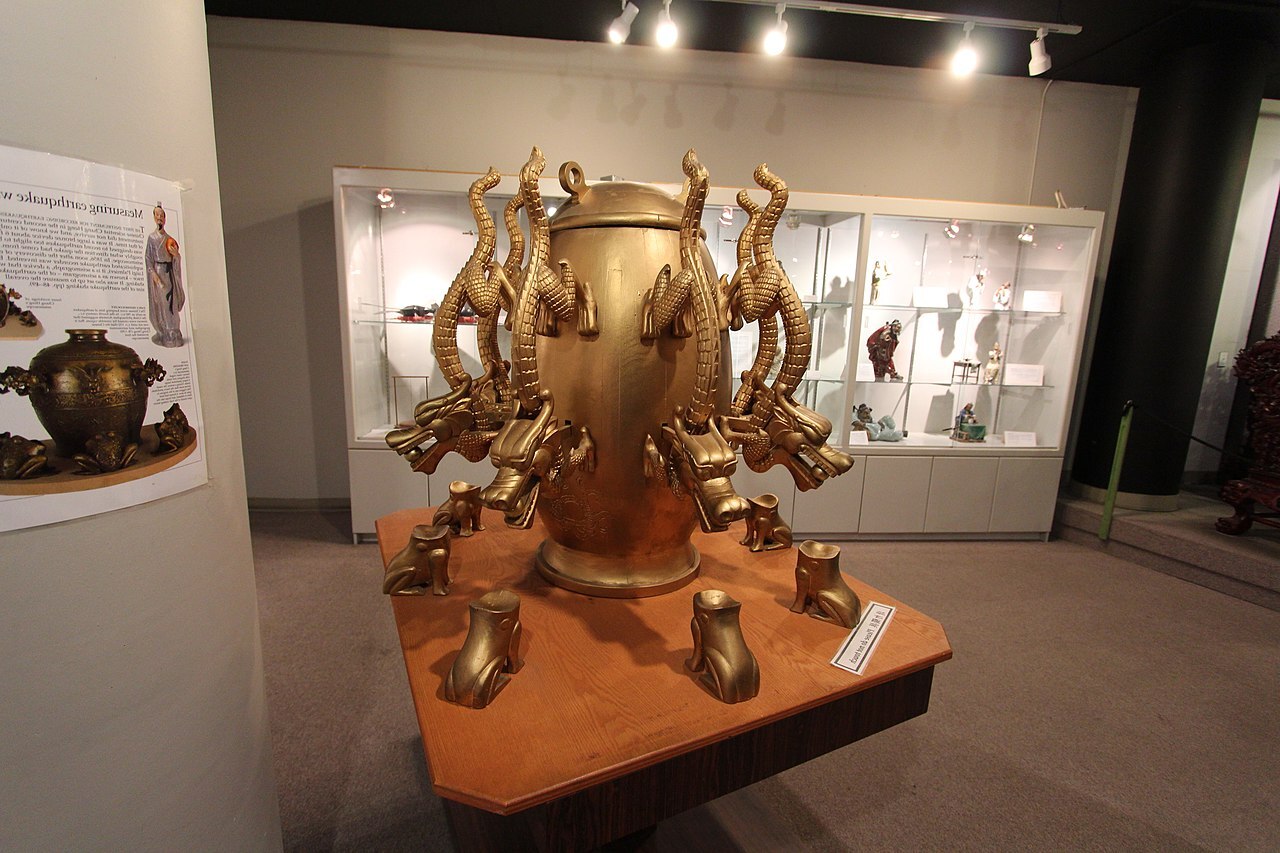
Did you know that ancient civilizations had technology that still baffles scientists today? From the intricate Antikythera mechanism to the impressive aqueducts of Rome, ancient technology showcases human ingenuity long before modern advancements. These early inventions laid the groundwork for many of the tools and systems we rely on now. Imagine building massive pyramids without cranes or creating detailed maps without satellites. Ancient engineers and inventors used clever techniques and simple tools to achieve remarkable feats. This blog post dives into 30 fascinating facts about ancient technology, revealing how our ancestors shaped the world with their innovative minds. Get ready to be amazed by the brilliance of the past!
Ancient Engineering Marvels
Ancient civilizations were incredibly innovative. They built structures and devices that still baffle modern engineers. Here are some fascinating facts about ancient engineering marvels.
- The Great Pyramid of Giza, built around 2580–2560 BC, consists of approximately 2.3 million blocks, each weighing between 2.5 to 15 tons.
- The Roman Colosseum, completed in AD 80, could hold up to 80,000 spectators and featured a complex system of vaults and arches.
- The ancient city of Petra, carved directly into rock faces, showcases advanced water conduit systems and architectural ingenuity.
- The Antikythera mechanism, an ancient Greek analog computer, could predict astronomical positions and eclipses decades in advance.
- The Hanging Gardens of Babylon, one of the Seven Wonders of the Ancient World, supposedly featured an advanced irrigation system to sustain its lush vegetation.
Ancient Transportation Innovations
Transporting goods and people efficiently was crucial for ancient societies. They developed various technologies to meet these needs.
- The wheel, invented around 3500 BC in Mesopotamia, revolutionized transportation and machinery.
- The ancient Egyptians used sledges and lubricated the ground with water to move massive stone blocks for pyramid construction.
- The Romans built over 250,000 miles of roads, many of which are still in use today, showcasing their engineering prowess.
- The Inca Empire constructed an extensive network of roads and bridges across the Andes, facilitating communication and trade.
- The ancient Greeks developed the trireme, a fast and agile warship powered by rows of oarsmen.
Ancient Medical Technologies
Medical practices in ancient times were surprisingly advanced. Many techniques and tools laid the groundwork for modern medicine.
- Ancient Egyptians practiced dentistry and had tools for drilling teeth and treating cavities.
- The Edwin Smith Papyrus, dating back to 1600 BC, contains detailed surgical procedures and anatomical observations.
- Ancient Indian texts describe complex surgical techniques, including rhinoplasty (reconstructive nose surgery).
- The ancient Greeks used a variety of herbal remedies and surgical tools, some of which are still in use today.
- The Romans developed sophisticated public health systems, including aqueducts and sewage systems, to prevent disease.
Ancient Communication Methods
Effective communication was essential for the administration and cohesion of ancient empires. They developed various methods to relay information.
- The ancient Egyptians used hieroglyphics, a complex system of pictorial writing, to record important information.
- The Phoenicians created one of the first alphabets, which greatly influenced modern writing systems.
- The ancient Chinese developed early forms of paper and ink, revolutionizing record-keeping and literature.
- The Inca used quipus, a system of knotted strings, to keep records and convey information across their vast empire.
- The Romans employed a network of couriers and signal stations to relay messages quickly across their territories.
Ancient Agricultural Techniques
Agriculture was the backbone of ancient civilizations. They developed innovative techniques to maximize crop yields and sustain large populations.
- The ancient Sumerians invented the plow, which significantly increased agricultural productivity.
- The Egyptians utilized the annual flooding of the Nile to enrich their soil and developed irrigation systems to control water distribution.
- The ancient Chinese practiced crop rotation and used iron plows to improve farming efficiency.
- The Mayans built terraces and raised fields to manage water and prevent soil erosion in their agricultural practices.
- The Romans introduced advanced techniques such as grafting and selective breeding to improve crop quality.
Ancient Timekeeping Devices
Keeping track of time was crucial for ancient societies for religious, agricultural, and administrative purposes. They developed various timekeeping devices.
- The ancient Egyptians used obelisks as sundials to track the movement of the sun and measure time.
- The Greeks invented the water clock, or clepsydra, which measured time by the flow of water from one container to another.
- The ancient Chinese developed the incense clock, which used the burning of incense sticks to measure time intervals.
- The Mayans created intricate calendars based on their astronomical observations, which were highly accurate.
- The Romans used the sundial and later the mechanical clock to keep track of time for daily activities and events.
The Legacy of Ancient Technology
Ancient technology wasn't just about survival; it laid the groundwork for modern innovations. From the Antikythera mechanism to Roman aqueducts, these inventions show how resourceful and intelligent early civilizations were. They didn't have today's tools, yet they built wonders that still baffle scientists. Egyptian pyramids, Greek fire, and Chinese gunpowder are just a few examples of their genius. These technologies weren't isolated; they influenced each other across continents. Understanding ancient tech gives us insight into human ingenuity and adaptability. It reminds us that progress builds on the past. Next time you use a gadget, think about the ancient minds that paved the way. Their legacy lives on in every piece of modern technology we use.
Was this page helpful?
Our commitment to delivering trustworthy and engaging content is at the heart of what we do. Each fact on our site is contributed by real users like you, bringing a wealth of diverse insights and information. To ensure the highest standards of accuracy and reliability, our dedicated editors meticulously review each submission. This process guarantees that the facts we share are not only fascinating but also credible. Trust in our commitment to quality and authenticity as you explore and learn with us.


